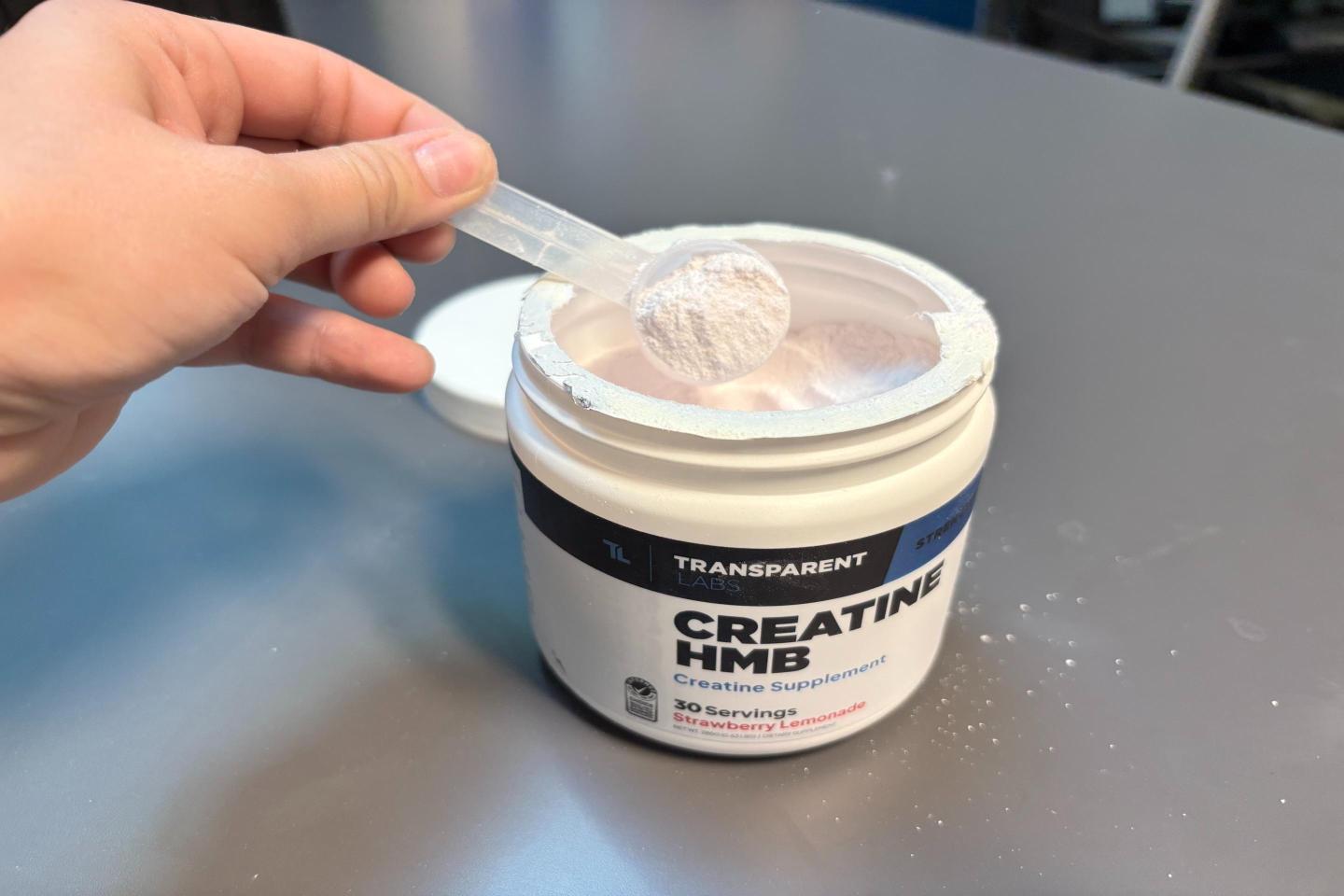Our mission to make business better is fueled by readers like you. To enjoy unlimited access to our journalism, subscribe today.
The safety committee of Europe’s top drug regulator has decided that Johnson & Johnson’s COVID-19 vaccine should continue to be used even while bearing in mind the small risk that it may cause dangerous blood clots.
In response to the recommendation, J&J said it will resume shipments of its vaccine to the EU, Norway, and Iceland. It unilaterally suspended distribution there a week ago, after U.S. health regulators asked states to pause the J&J vaccine rollout owing to clotting reports.
After reviewing eight reports of clotting incidents from the U.S., the European Medicines Agency (EMA) said Tuesday that there is a possible link between the jab and those incidents.
The rare clots, which proved fatal in one case, appeared in people’s brains, abdomens, and arteries, and were associated with low blood platelet counts and occasionally bleeding. The EMA, which is responsible for reviewing COVID vaccines and recommending their emergency use, said it is possible that an immune response is to blame, “leading to a condition similar to one seen sometimes in patients treated with heparin called heparin-induced thrombocytopenia.”
“The cases reviewed were very similar to the cases that occurred with the COVID-19 vaccine developed by AstraZeneca, Vaxzevria,” the EMA said.
As with the rare clots experienced by some people who received AstraZeneca doses, the cases affected people under the age of 60, mostly women. However, the EMA stopped short of identifying specific risk factors, and did not say the J&J vaccine (marketed under the name of the firm’s Janssen unit) should only be administered to people below a certain age.
“COVID-19 is associated with a risk of hospitalization and death. The reported combination of blood clots and low blood platelets is very rare, and the overall benefits of COVID-19 Vaccine Janssen in preventing COVID-19 outweigh the risks of side effects,” the agency said.
“Early intervention by a specialist can change the outcome,” EMA head Emer Cooke said in a Tuesday press conference, adding that the agency is requiring J&J to conduct further studies.
The White House’s chief medical adviser, Anthony Fauci, said Sunday that he expects the U.S. to resume its J&J rollout as soon as this week, with “some sort of warning or restriction or risk assessment.”
The Wall Street Journal reported Sunday that U.S. health officials had recommended the pause because they were concerned that doctors might try to treat vaccine-linked clots inappropriately—four of the six women treated for clots were apparently given heparin, which might have worsened their conditions.
In Europe, the suspension of the J&J rollout was made by the company itself, not by regulators—indeed, J&J’s distribution pause came just as its first deliveries arrived in EU countries, leaving authorities uncertain what to do with them.
After the EMA’s press conference, J&J said it would “update its COVID-19 vaccine Summary of Product Characteristics and Package Leaflet to include important information on the diagnosis and management of this very rare adverse event.
“Healthcare professionals will be alerted to the signs and symptoms of thromboembolism with thrombocytopenia, as well as the appropriate course of treatment,” it added, explaining that it would also “resume shipment of the Janssen COVID-19 vaccine in the European Union (EU), Norway and Iceland.”
However, the damage may have already been done. Following J&J’s surprise announcement and the pre-existing fiascoes around AstraZeneca’s subpar delivery volumes and potential clotting risk, the European Commission last week started heavily hinting that it will not renew either firm’s contract, and will, in future, focus on the more newfangled messenger RNA (mRNA) vaccine technology offered by Pfizer/BioNTech and Moderna.
J&J said Tuesday that it “remains committed to supplying 200 million doses of its COVID-19 vaccine to the European Union, Norway and Iceland.”
South Africa, where J&J’s shot plays a major part in this year’s COVID-19 vaccination plans, also suspended its rollout when the U.S. Food and Drug Administration (FDA) recommended a stateside pause last week. However, its medicines regulator recommended on Saturday that the suspension be lifted.
J&J’s and AstraZeneca’s vaccines both use traditional adenovirus technology to trigger inoculation, and so does Russia’s COVID vaccine, Sputnik V. The Russian jab’s backers have recently been at pains to distance their vaccine from the others.
The EMA is currently in the early stages of evaluating Sputnik V for possible approval in the EU, Cooke said. Hungary has already started using it, and some other European countries have bought or are planning to buy Sputnik V doses—causing major political ructions—but the European Commission insists the EU does not need Sputnik V, and has not begun purchase talks.
“Of course we will be paying very close attention to this issue during the review of the Sputnik dossier,” Cooke said.
“Our review of the Sputnik dossier is really at an early stage, so we haven’t got to the point of looking at pharmacovigilance reports.”
Update April 20, 2021: This article has been updated to include J&J’s announcement that it will resume European shipments.
More health care and Big Pharma coverage from Fortune:
- How mRNA vaccines like Moderna’s and Pfizer’s are propelling us into a “new golden age” of vaccinology
- The companies making COVID vaccines aren’t household names, but they’re increasingly important
- 47.6% of U.S. adults have gotten a COVID vaccine. See how your state is doing
- The U.S. and Britain are vaccinating at a blistering pace—with very different results. Here’s what the U.K. did right
- Meet the most innovative and inventive pharmaceutical companies of 2021











